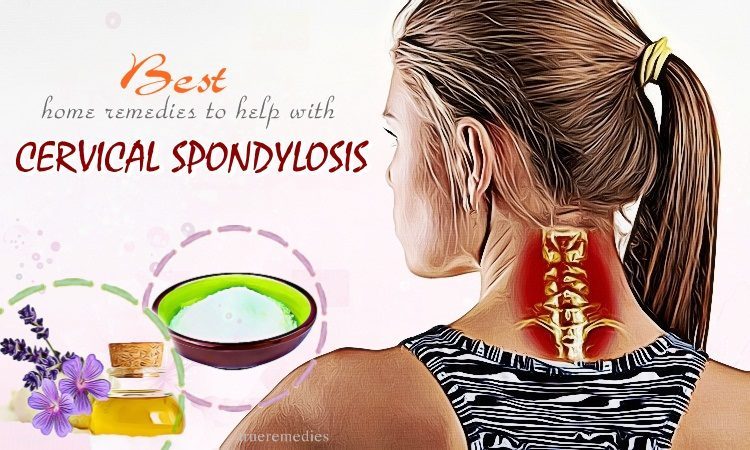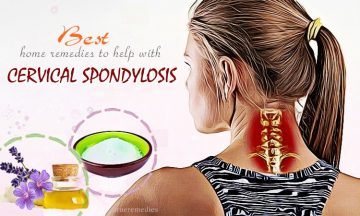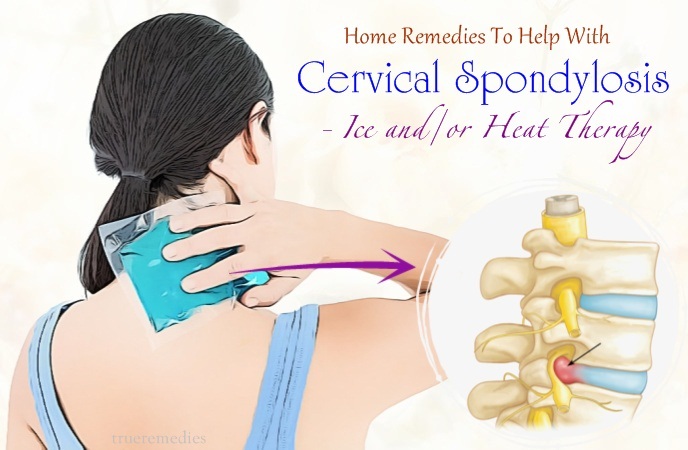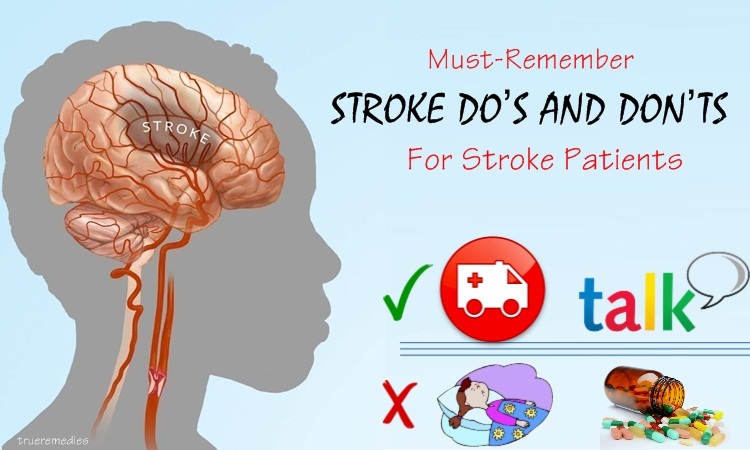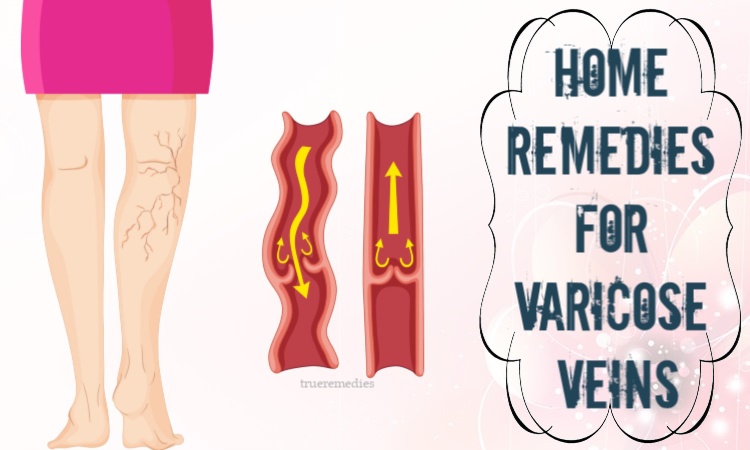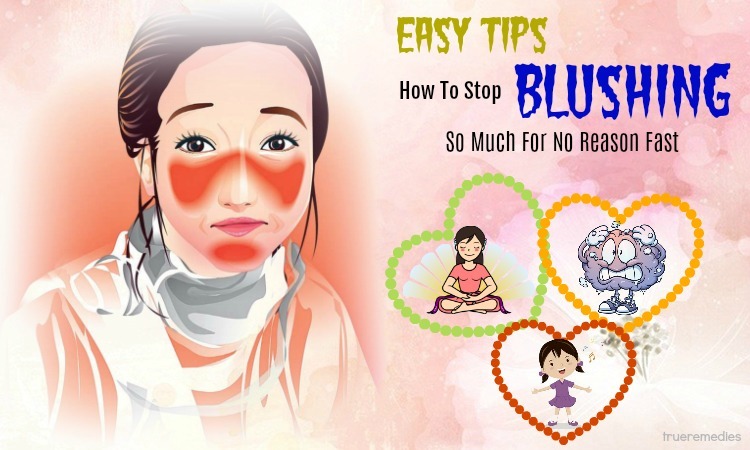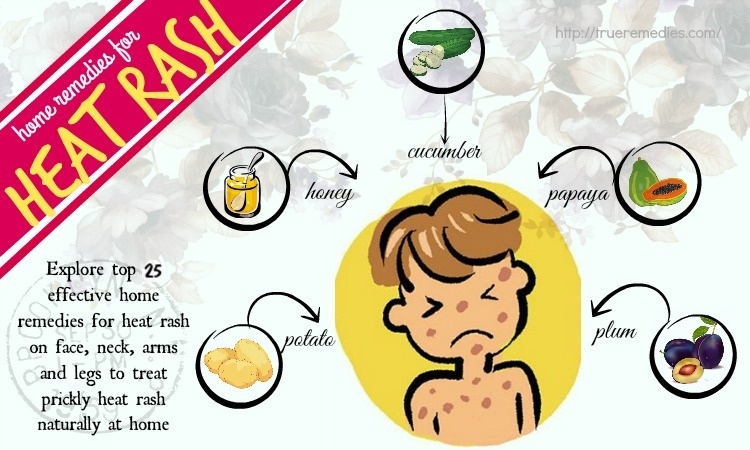Contents
If you have been diagnosed with cervical spondylosis, you might wonder if you are going to need surgery or if there are more natural ways of reversing this painful condition. For those who are suffering from chronic neck or shoulder pain, you might have cervical spondylosis and not be aware of it.
Cervical spondylosis is a much more common problem than most people realize. This is an age-related health condition that affects the joints and discs in your neck. Sometimes called cervical osteoarthritis or arthritis of the neck, spondylosis is, in simple terms, wear and tear on the bones and cartilage.
While it tends to affect those over 60, it can be due to other factors, such as:
- Bone spurs
- Dehydrated discs in the spine
- Injury to the neck
- Stiff ligaments
- Herniated discs
- Overuse or repetitive motion
Risk Factors for Developing Cervical Spondylosis
By far, the largest risk is just in getting older. However, there are other factors that can increase your risk of developing this condition, including a family history of spondylosis, smoking, a sedentary lifestyle, being overweight, and repetitive motions.
Typical Symptoms
Some people have spondylosis and never know it because they have no symptoms. However, the majority of people will experience:
- Pain around the shoulder blade area
- Pain along the arm and/or in the fingers
- A stiff neck that gets worse over time
- Headaches that start in the back of the head
- Tingling or numbness in the arms or shoulders
For most people, the pain becomes more intense when they sneeze, cough, sit or stand for long periods of time, or when they tilt their head backwards.
TrueRemedies Partner Solutions

Need a Help from the Leading Expert Online, Available 24/7?
They’re all here and ready to answer your questions online or by phone. Keep asking questions until you get the answer you need.
Treatments for Cervical Spondylosis
Unfortunately, this condition cannot be cured or reversed, but it can be controlled, and the progression can be slowed to a minimum.
While most doctors will only offer addictive or damaging pain medication, there are plenty of home remedies you can try that are known to be effective.
5 Best Home Remedies to Help with Cervical Spondylosis
1. Herbal Anti-Inflammatories
Inflammation causes pain. When you control inflammation, you will have better control over the pain it causes. One of the best ways to do this is by using natural anti-inflammatories, such as curcumin, Neem oil, and garlic.
Consuming a natural anti-inflammatory diet is also very helpful. Reduce the amount of inflammation-causing foods, such as sodas, chips, and processed foods, then replace them with healthy goodness from Mother Nature. Some of the best foods include blueberries, leafy green vegetables, and bone broth.
2. Lavender Massage Oil
Lavender has been known for centuries to calm both mind and body, as well as having natural analgesic compounds, which can help to ease pain and even release painful muscle spasms.
Mix a few drops of lavender essential oil into a few tablespoons of coconut oil and massage the neck and shoulders twice per day or whenever pain relief is needed.
3. Epsom Salt Soak
The interesting thing about Epsom salts is that they aren’t actually salt at all, but flakes of magnesium. Magnesium is required for the muscles of the body to both flex and to relax. Add about 2 cups of Epsom salts to a warm bath or soak a washrag in a pan of hot water with ½ a cup of Epsom salts and apply to the neck area to relax the muscles and relieve pain.
4. Stretching and Exercise
When your neck hurts, let’s face it, you don’t want to do anything more than lie down with a big pillow. While this is fine every now and then, it’s probably one of the worst things you can do for cervical spondylosis. Lack of movement means that the muscles will atrophy and weaken the neck even more.
Simple stretching exercises can help tremendously. Low impact aerobics, such as swimming, can also help strengthen the muscles and connective tissue in the neck.
5. Ice And/Or Heat Therapy
Ice is well-known for relieving pain and reducing inflammation, but for some people, this seems to cause them more pain. If this is the case for you, try heat instead. Hot packs, warm towels, or soaking in warm water relax the muscles and improve circulation.
However, if ice makes your neck feel better, than by all means, use it! Never put ice or ice packs directly on the skin as you can get a nasty case of frostbite or burn the skin. Wrap the ice pack in a towel or other piece of cloth before placing it on your neck or shoulders.
Looking for More Relief?
Surgery is rarely used for cervical spondylosis since it isn’t very effective in all but the most serious of cases. There are other options, however, that can help you find tremendous relief from the pain and stiffness of this condition.
- Physical Rehabilitation- Rehabilitation exercises can help you strengthen the muscles in the neck so there is less pressure (and therefore, pain) on the nerves. Nearly all chiropractor’s offer this service at their clinics.
- Chiropractic Massage- Massage has multiple benefits, one of which is that it offers superior pain relief. This form of therapy also reduces inflammation and the stiffness that makes moving your neck painful. The massage therapist works under the direction of the chiropractor, who will guide them as to which type of massage will work best for you, as well as identifying possible problem areas.
- Chiropractic Care- Hands down, the best way to beat the pain of spondylosis is through comprehensive chiropractic care. The gentle traction methods used by your chiropractor will create space between the vertebra, releasing tension on the neck and the nerves. Don’t worry, your chiropractor isn’t going to whip your head around like the Exorcist, only the gentlest of movements are used for the neck area.
Your chiropractor might also use other modalities, such as cold laser therapy or ultrasound, depending on your situation.
At the End of the Day
Home remedies and chiropractic care are your best options for finding pain relief from cervical spondylosis. You don’t have to live in pain, and you shouldn’t let anyone tell you that you are “too old” to do this or that.
Take your health care into your own hands and do what makes you feel better because at the end of the day, you are the only one that has to live with pain.
Author Bio:
Dr. Brent Wells has been a trusted chiropractor since moving his family from Oregon to Alaska in 1998. He is the founder of Better Health Chiropractor Wasilla. Dr. Wells received his B.S. from the University of Nevada, his Doctorate from Western States Chiropractic College, and he volunteers for the Reflex Sympathetic Dystrophy Foundation. He’s a long-term member of the American Chiropractic Association. Dr. Wells main focus is on his family, which includes his wife of more than 20 years, their 3 children, and his ongoing education.

